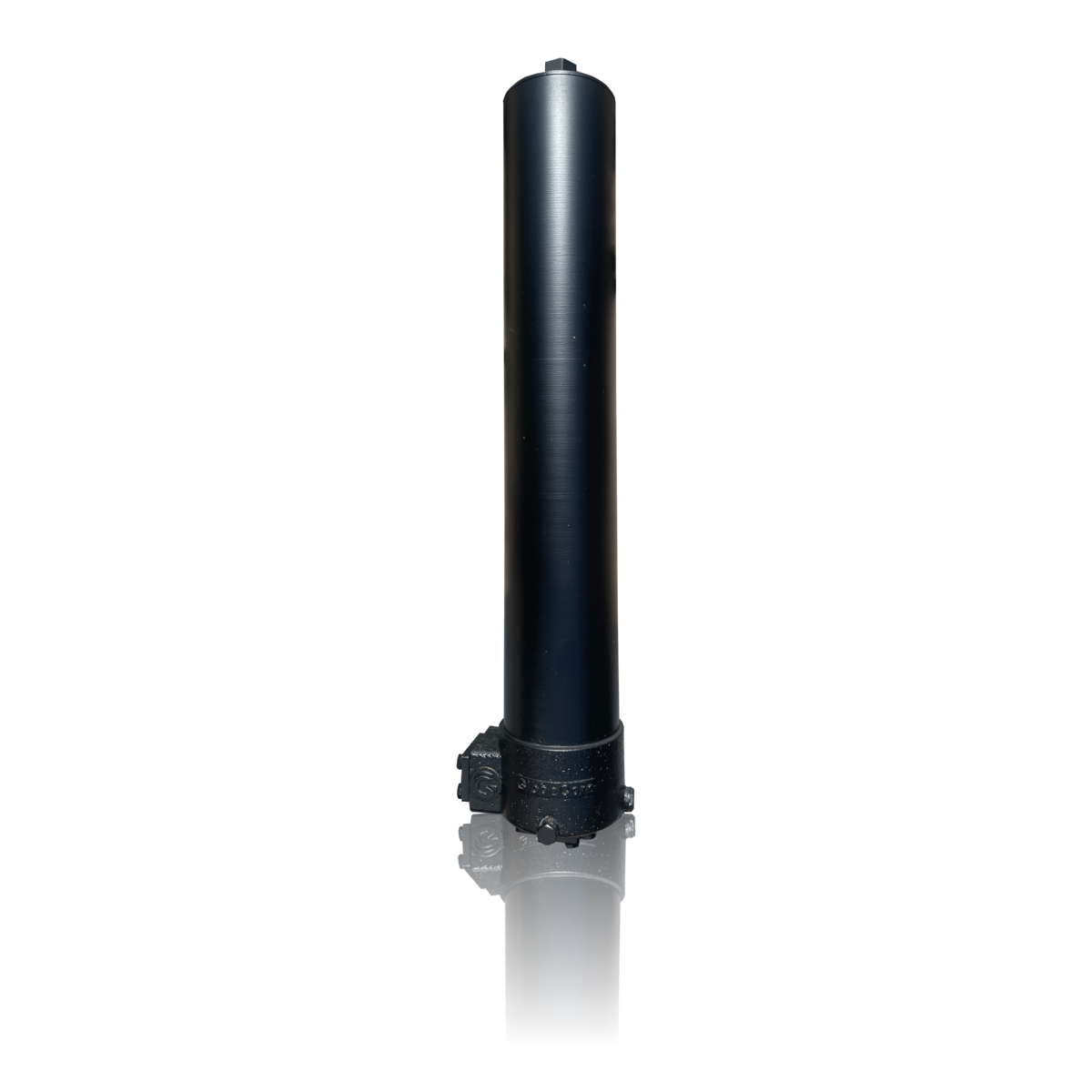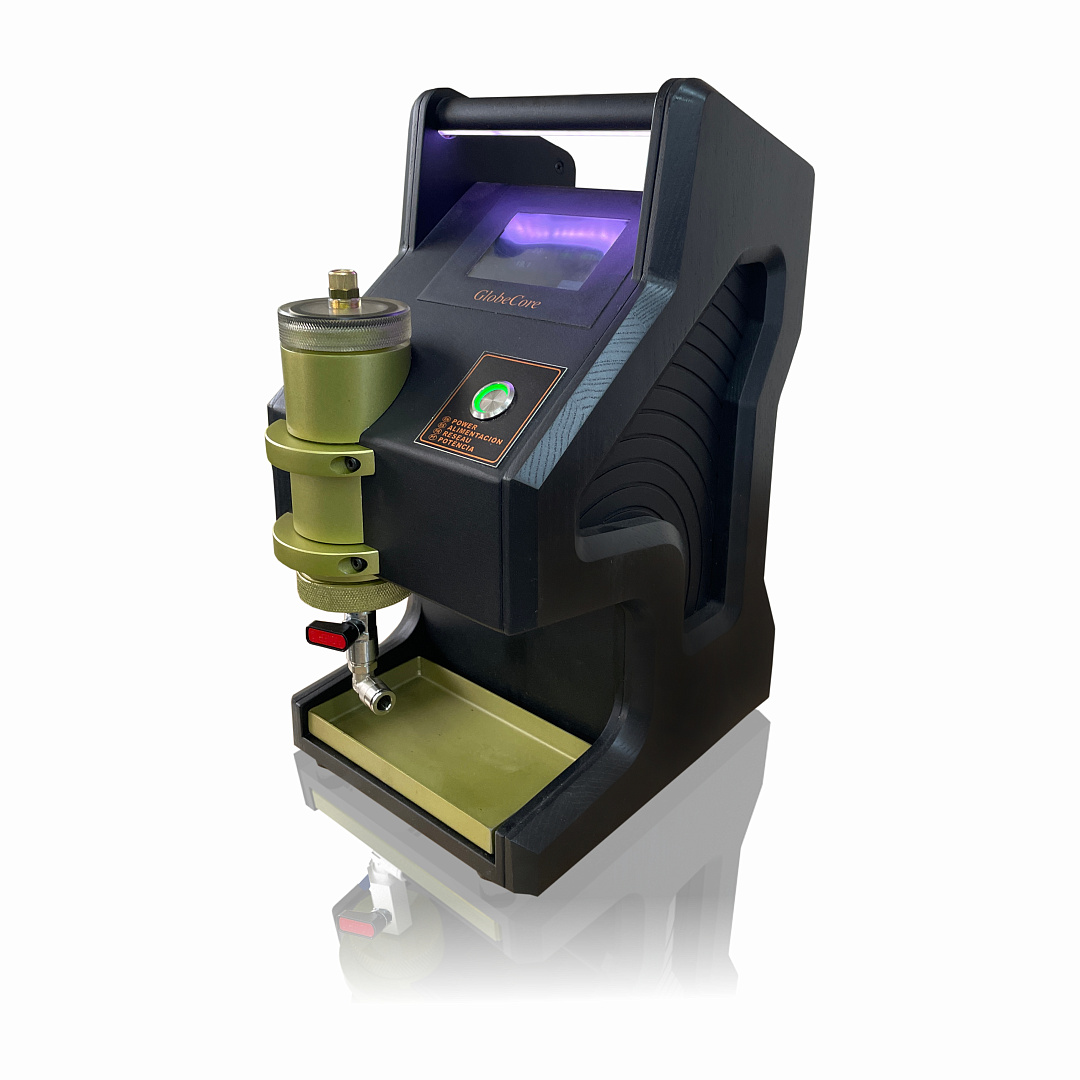What are the best practices for Diesel Fuel Filtration System Installation?
- This topic has 1 reply, 2 voices, and was last updated 1 year, 2 months ago by .
Answers
-
October 4, 2024 at 7:31 pm by Yara Haddad
Best practices for Diesel Fuel Filtration System Installation include thorough planning and adherence to manufacturer guidelines to ensure optimal performance and reliability. Proper Placement is crucial; the filtration system should be installed close to the fuel source and engine to minimize fuel travel distance and reduce contamination risks. Correct Sizing ensures that the filtration system can handle the expected fuel flow rate and contaminant load, preventing overload and maintaining efficiency. Secure Mounting of components like filters, pumps, and valves prevents vibrations and leaks, ensuring system stability. Appropriate Ventilation and temperature control help maintain optimal operating conditions, enhancing filtration effectiveness. Piping and Connections should be properly sized and sealed to prevent leaks and ensure smooth fuel flow through the system. Integration with Existing Systems requires compatibility checks and possible modifications to accommodate new filtration components without disrupting operations. Compliance with Standards ensures that the installation meets industry regulations and safety requirements. Training Personnel on proper installation techniques and system operation ensures that the filtration system is set up correctly and functions as intended. Additionally, implementing a Maintenance Schedule from the outset facilitates ongoing system performance and longevity. By following these best practices, Diesel Fuel Filtration Systems can be installed effectively, providing reliable fuel purification and protecting engine health.



